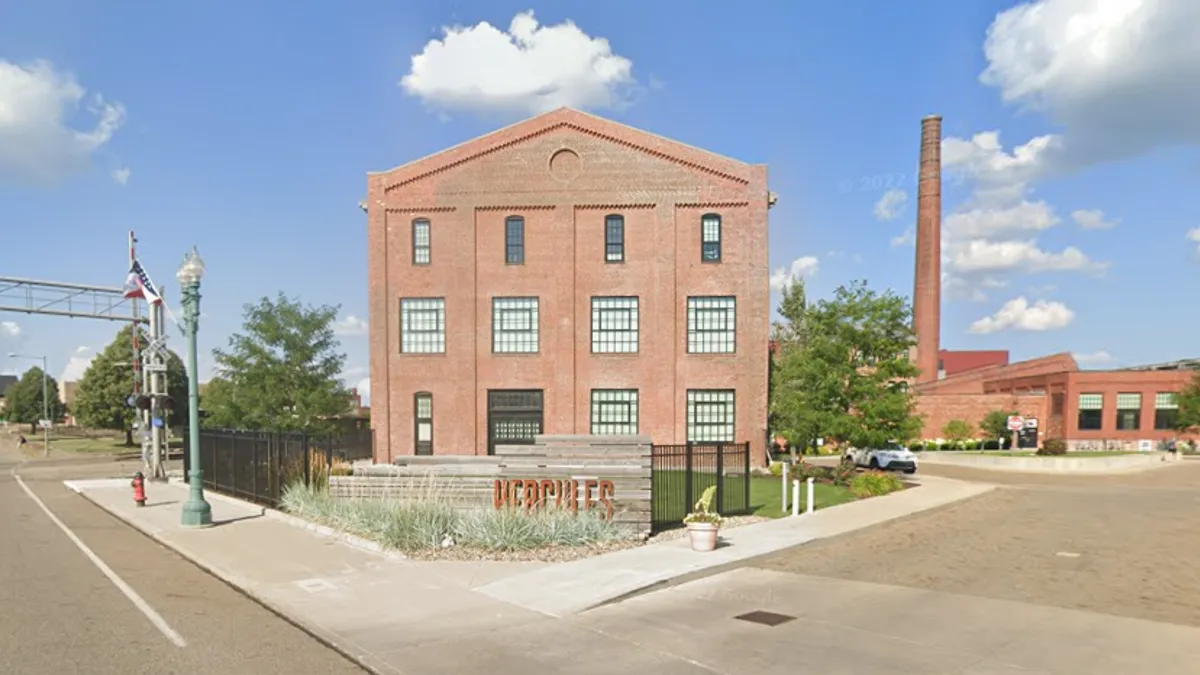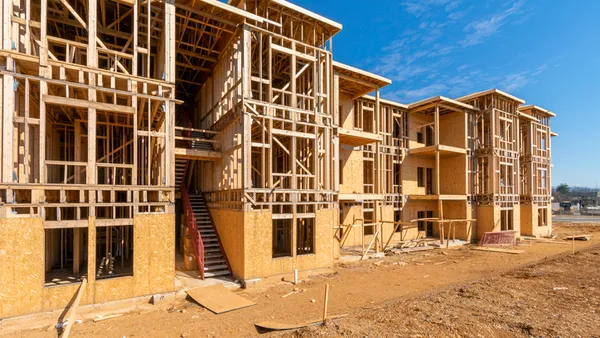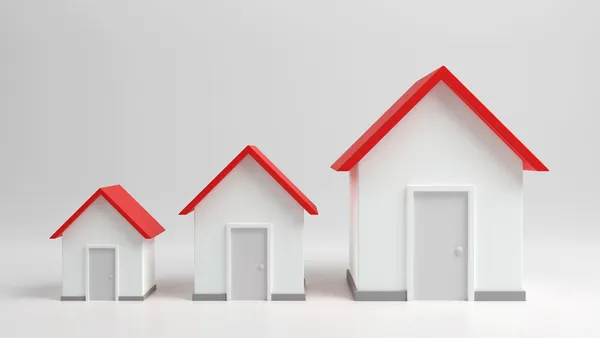Dive Brief:
- The national average rent rose for the sixth straight month in July, up $4 to $1,743, according to Yardi Matrix’s latest National Multifamily Report. At the same time, year-over-year growth rose by 20 basis points, up to 0.8%.
- While YOY growth is weak by historical standards, a recent rent rebound in some Sun Belt markets is an encouraging sign of future performance, according to the report. A heavy new unit pipeline has dampened rent growth in this region over the last several months.
- Rent growth is highest in gateway markets in the East and secondary markets in the Midwest, led by New York City at 5.2% YOY and Washington, D.C., at 4.0% YOY. The national occupancy rate was 94.6% for the seventh straight month in June, down 0.4% year over year. (Occupancy data is current to the previous month.)
Dive Insight:
Many of the metros that have posted negative growth for several months, driven by heavy new supply, saw advertised rents rise in July. They include:
- Austin, Texas, where rents were -5.7% YOY, up from -6.5% in June. Austin’s total apartment supply has risen 6.0% over the last year alone.
- Dallas, where YOY rent growth rose from -2.0% to -1.5% YOY in July.
- Charlotte, North Carolina, where YOY rent growth rose from -2.3% in June to -1.6% in July.
- Raleigh, North Carolina, where YOY rent growth rose from -3.3% in June to -2.8% in July.
- Phoenix, where YOY rent growth rose from -2.8% in June to -2.6% in July.
Yardi expects deliveries to continue to remain high for at least the next 15 to 18 months
| Market | YOY rent growth, July 2024 | YOY rent growth, June 2024 | Difference |
|---|---|---|---|
| New York City | 5.2% | 4.8% | 0.4 |
| Washington, D.C. | 4.0% | 3.0% | 1 |
| Kansas City, Missouri | 3.4% | 3.4% | 0 |
| Columbus, Ohio | 2.9% | 3.2% | -0.3 |
| New Jersey | 2.9% | 3.1% | -0.2 |
| Indianapolis | 2.7% | 2.6% | 0.1 |
| Philadelphia | 2.3% | 2.6% | -0.3 |
| Seattle | 2.1% | 1.6% | 0.5 |
| Boston | 2.1% | 2.9% | -0.8 |
| Chicago | 2.0% | 2.9% | -0.9 |
SOURCE: Yardi Matrix
In the short term, Washington, D.C., and New York City are still leading the charge in rent growth, up 0.9% and 0.7%, respectively, between June and July. Dallas and Austin are tied for third place at 0.6%.
While single-family rents are still on the rise, up $5 in July to $2,171, YOY single-family rent growth fell 10 basis points to 1%. Occupancy fell by 10 basis points in June, down to 95.3%.
Strong economic performance, including a 2.8% increase in the U.S. gross domestic product in the second quarter and 1.3 million new jobs in the first half of the year, has kept multifamily demand steady, according to Yardi. Inflation is also receding, increasing the chances that Federal Reserve rates, which have been raised to combat inflation since 2022, may be cut soon.
“There are signs the economy will cool, but the worst-case scenario is likely to be a soft landing rather than a hard recession,” the report read.











